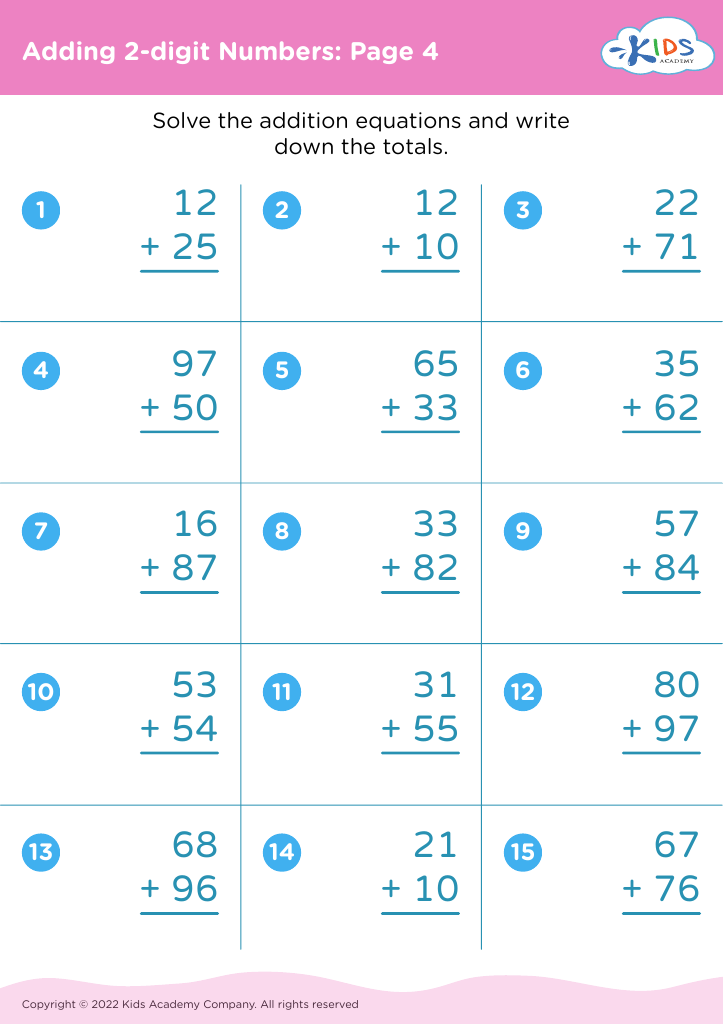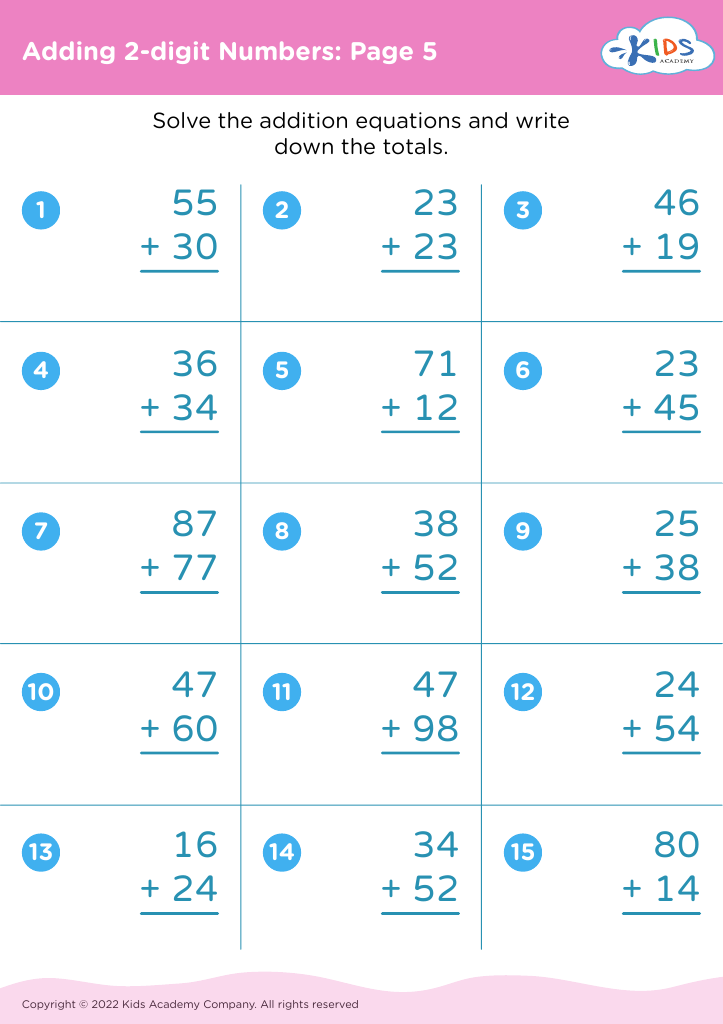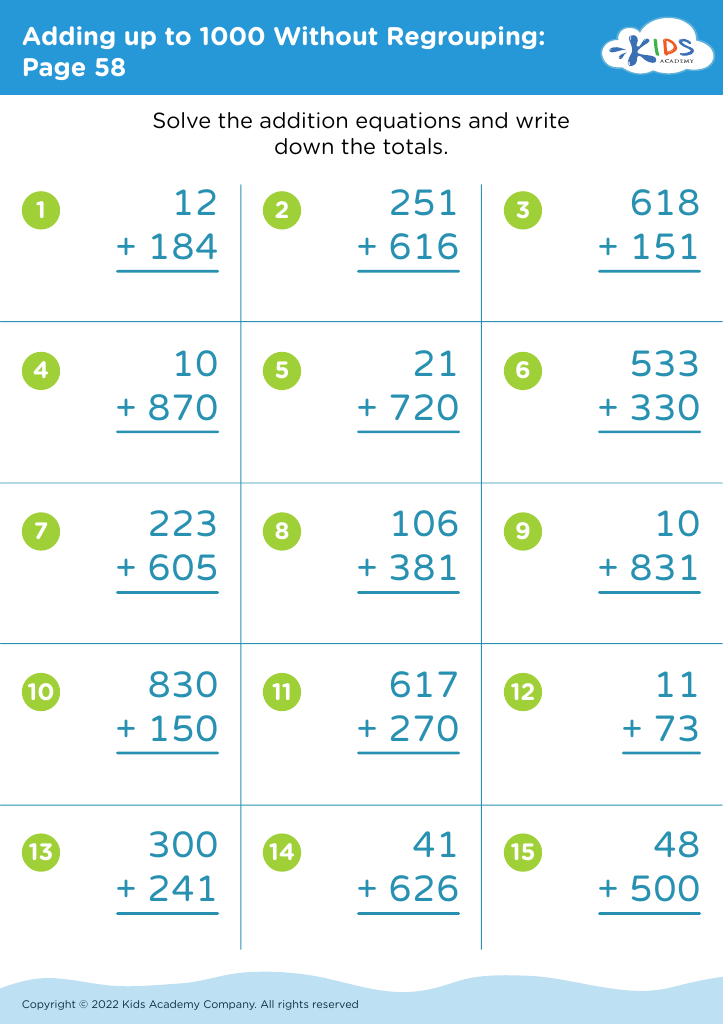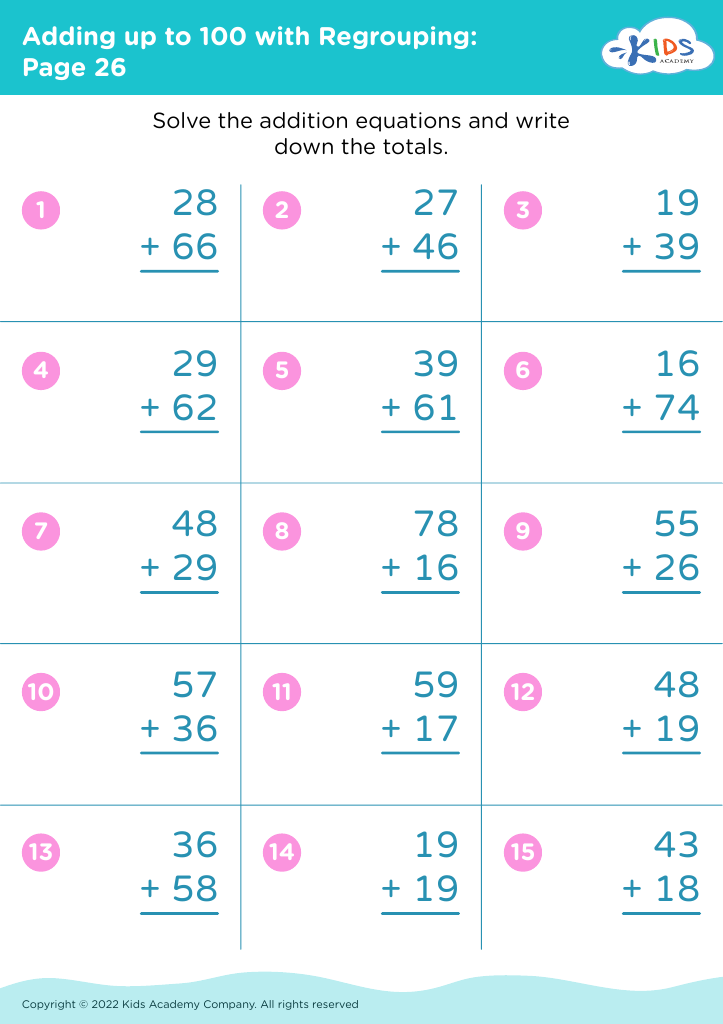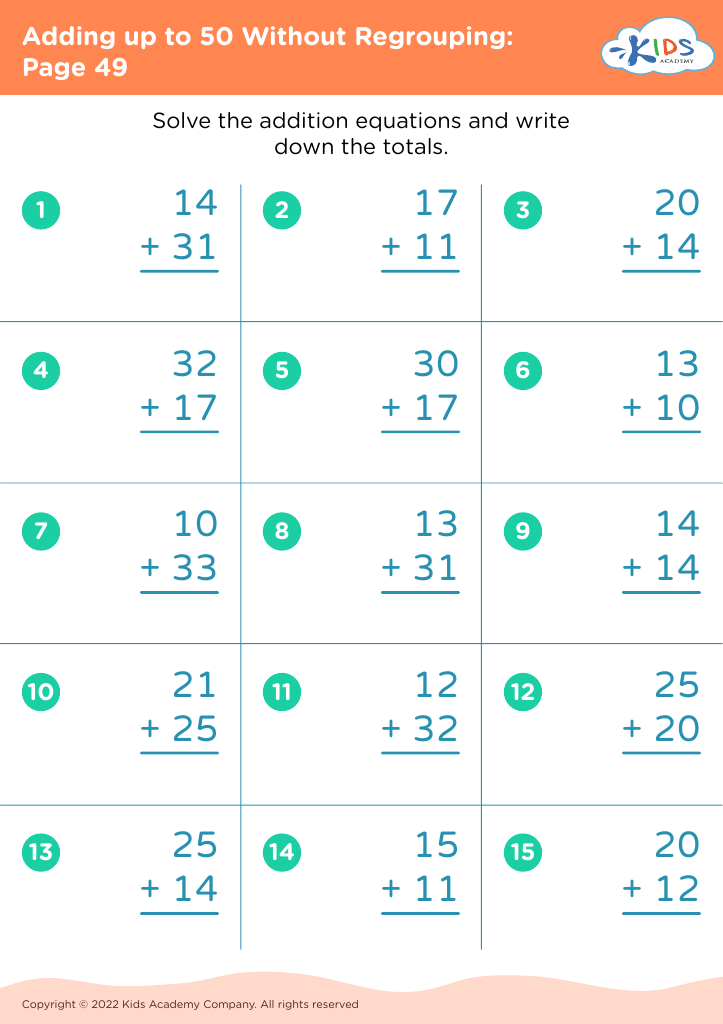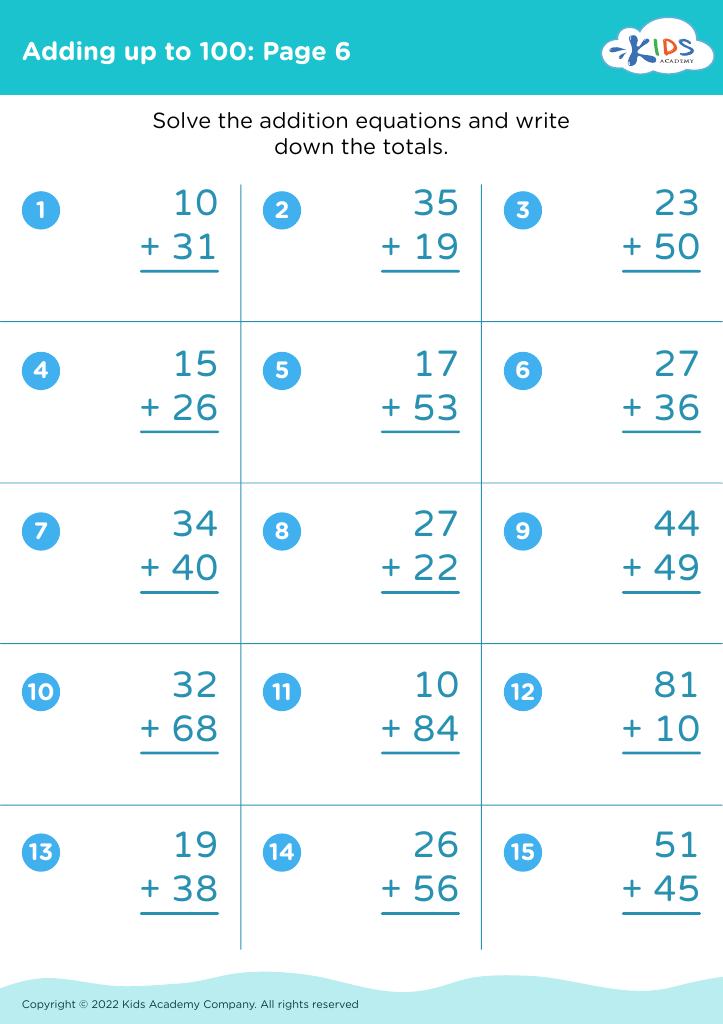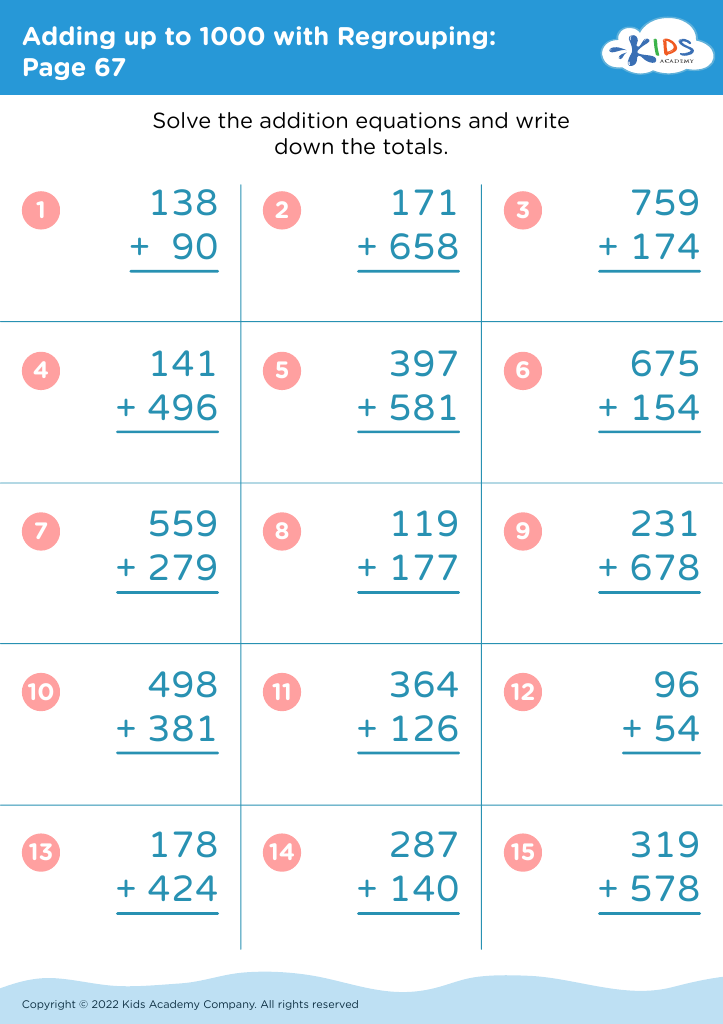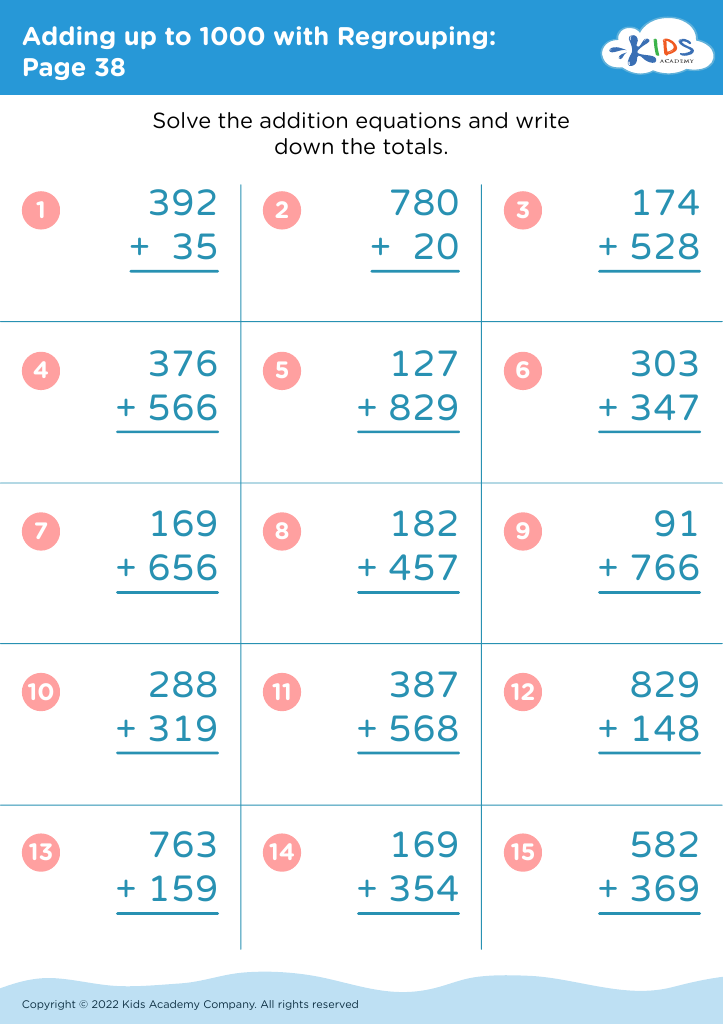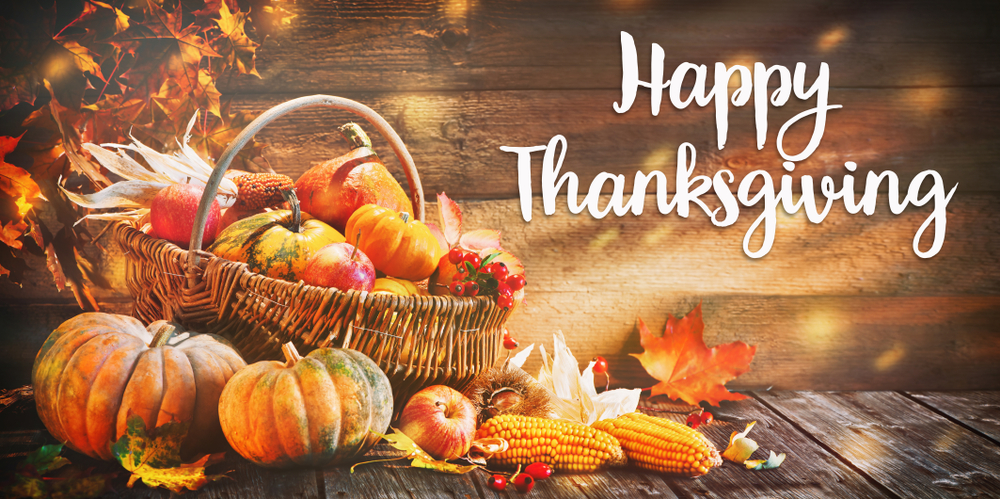Recognizing shapes Worksheets for Ages 4-7
45 filtered results
-
From - To
Discover engaging and educational "Recognizing Shapes" worksheets tailored for ages 4-7! At Kids Academy, our printables make learning fun, helping children identify and differentiate various shapes with ease. These worksheets enhance visual-spatial skills, hand-eye coordination, and cognitive development. Designed by experts, each worksheet combines colorful illustrations and interactive activities to keep young learners captivated. Perfect for both classroom and at-home use, our resources support foundational geometry concepts, preparing kids for future math success. Download these free worksheets today and watch your child’s confidence and knowledge grow with every shape they recognize!
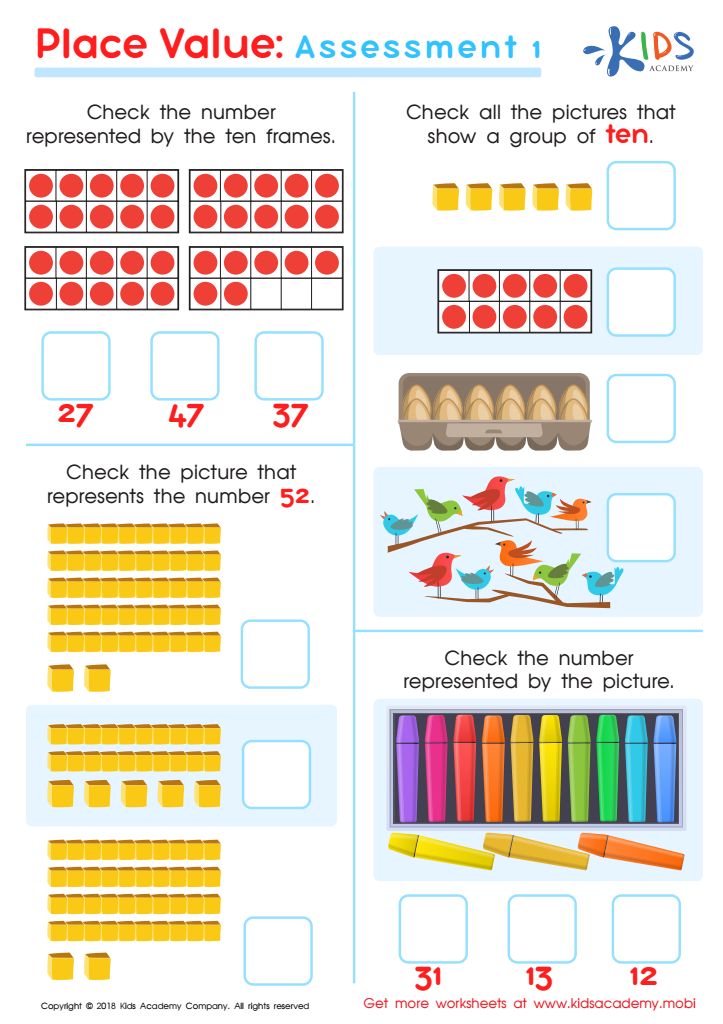

Place Value: Assessment 1 Worksheet


Congruent Shapes Worksheet


Lines of Symmetry Printable


Geometry: part 1 Worksheet
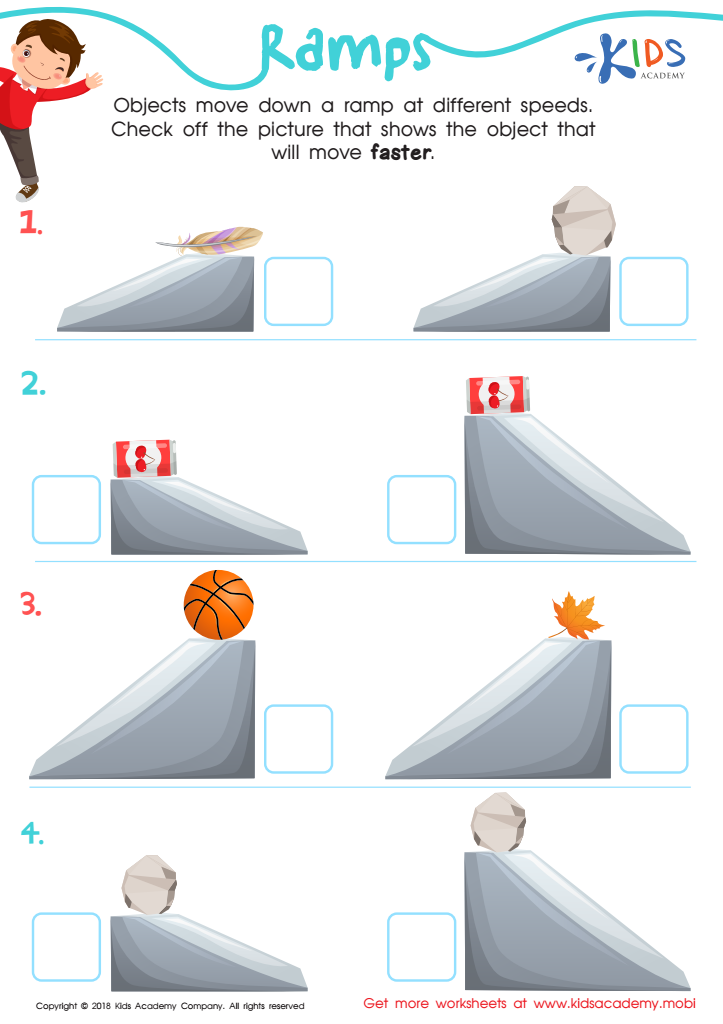

Ramps Worksheet
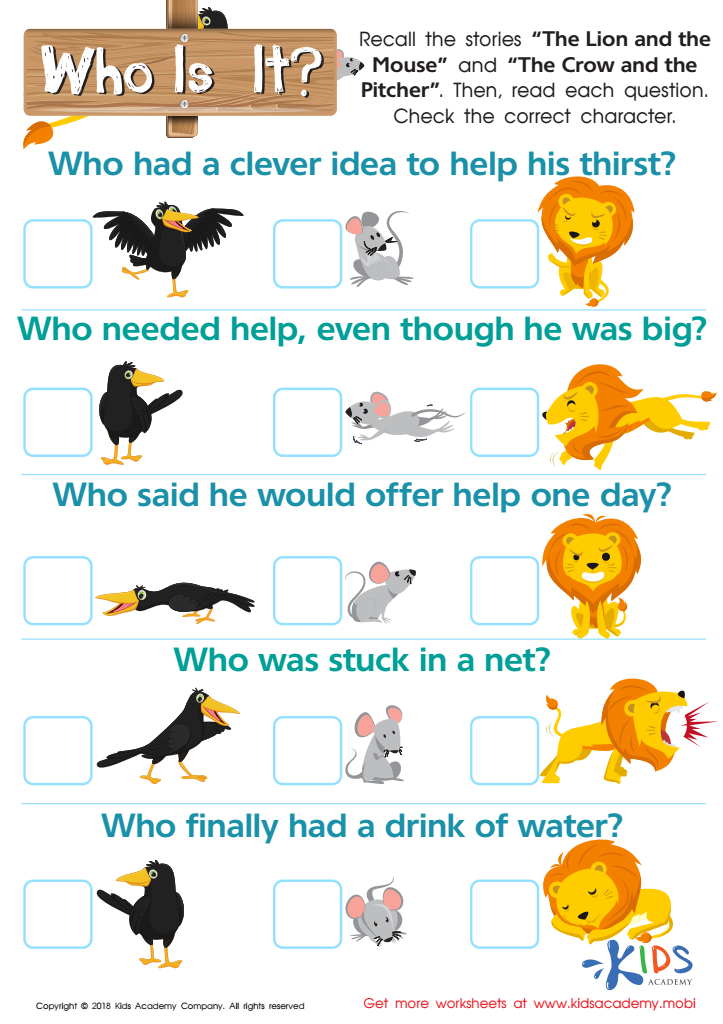

Who Is It? Worksheet
Recognizing shapes is fundamental for children aged 4-7 as it plays a crucial role in their cognitive, mathematical, and physical development. At this formative age, children are like sponges, soaking up basic skills that lay the foundation for more advanced learning. Recognizing shapes helps boost their visual-spatial reasoning, which is critical for understanding and navigating the world around them. This skill is not just important for geometry but also for everyday tasks, such as identifying objects, characters, and numbers.
Moreover, understanding shapes enhances their ability to recognize patterns, a precursor to critical thinking and problem-solving skills. It aids in categorization, which is essential for organizing information and making sense of reality. Math literacy starts with knowing basic shapes like circles, squares, and triangles, eventually guiding children to comprehend more complex concepts such as symmetry, area, and perimeter.
Socially and emotionally, recognizing shapes boosts children's confidence as they master new skills and participate in group activities like learning games and art projects. This interaction can reinforce their communication abilities and provide a sense of accomplishment. For teachers and parents, nurturing this aspect of early education sets a solid groundwork for future academic success and holistic development.
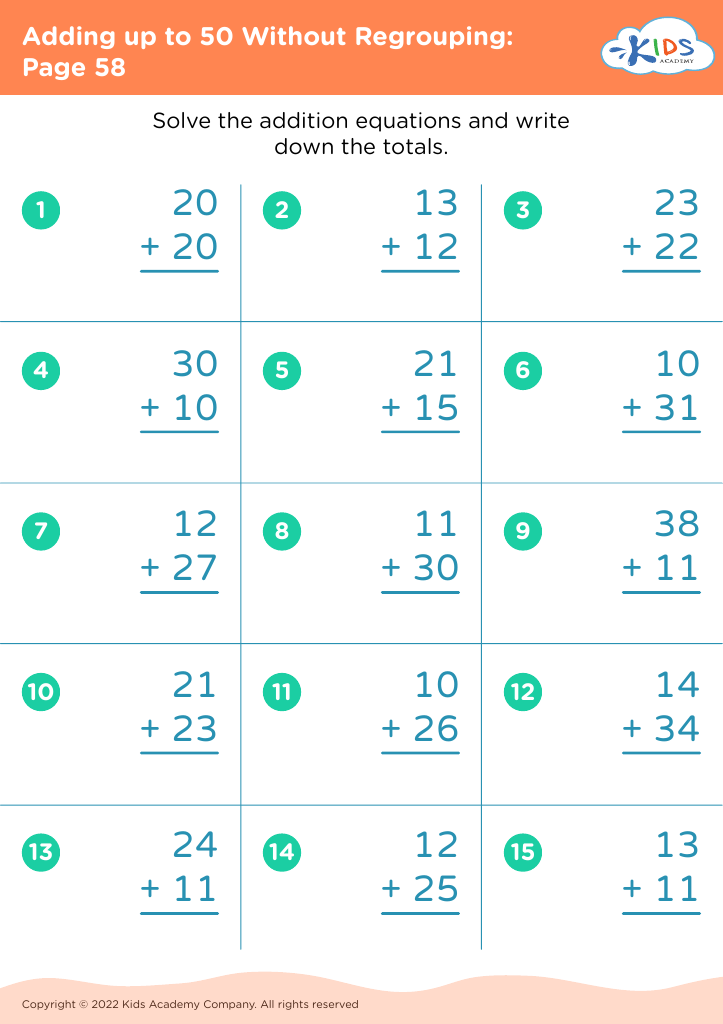

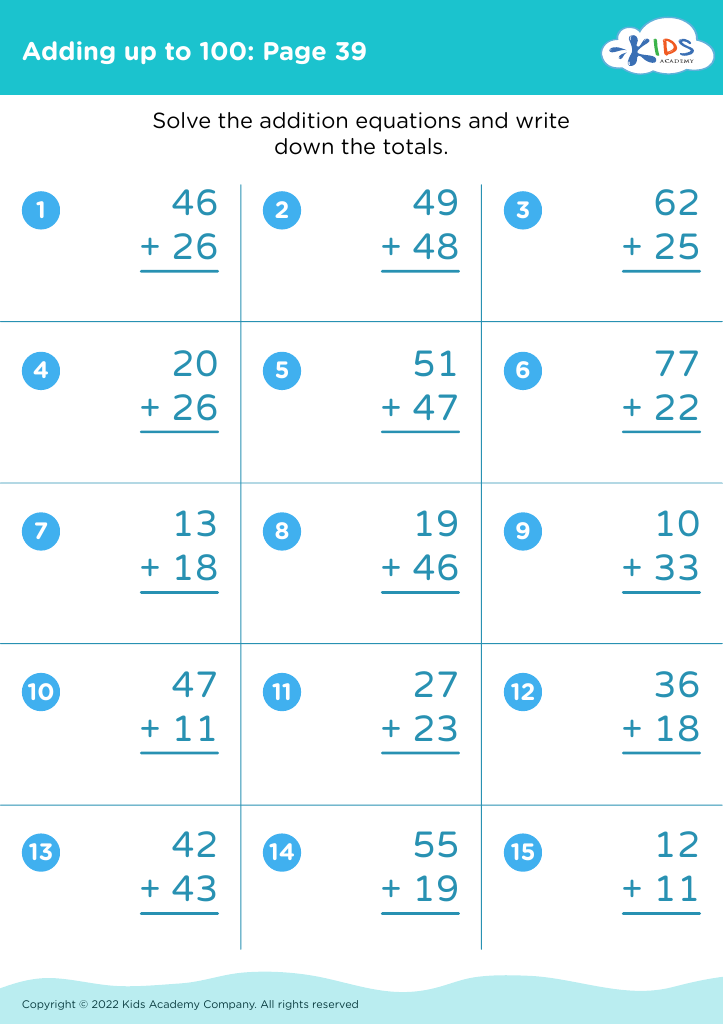
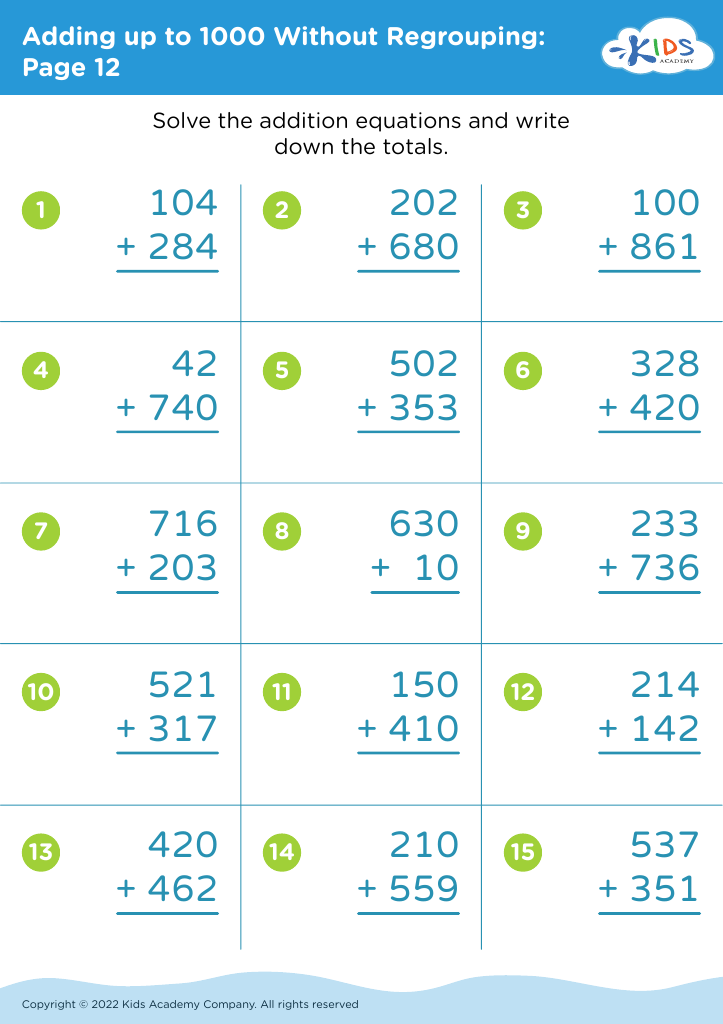
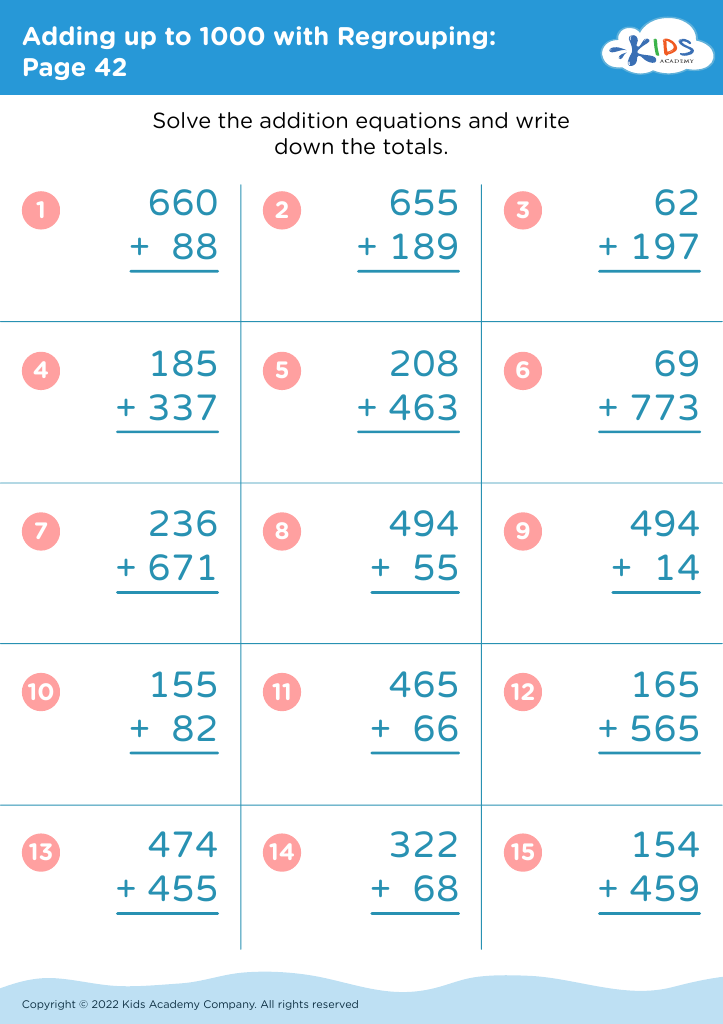
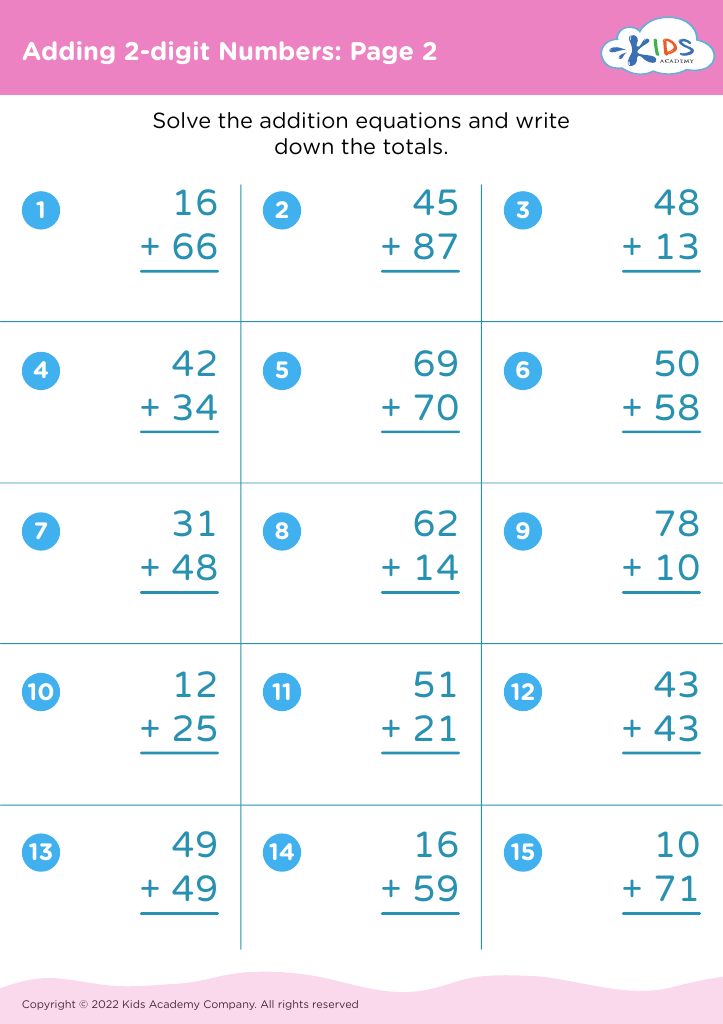
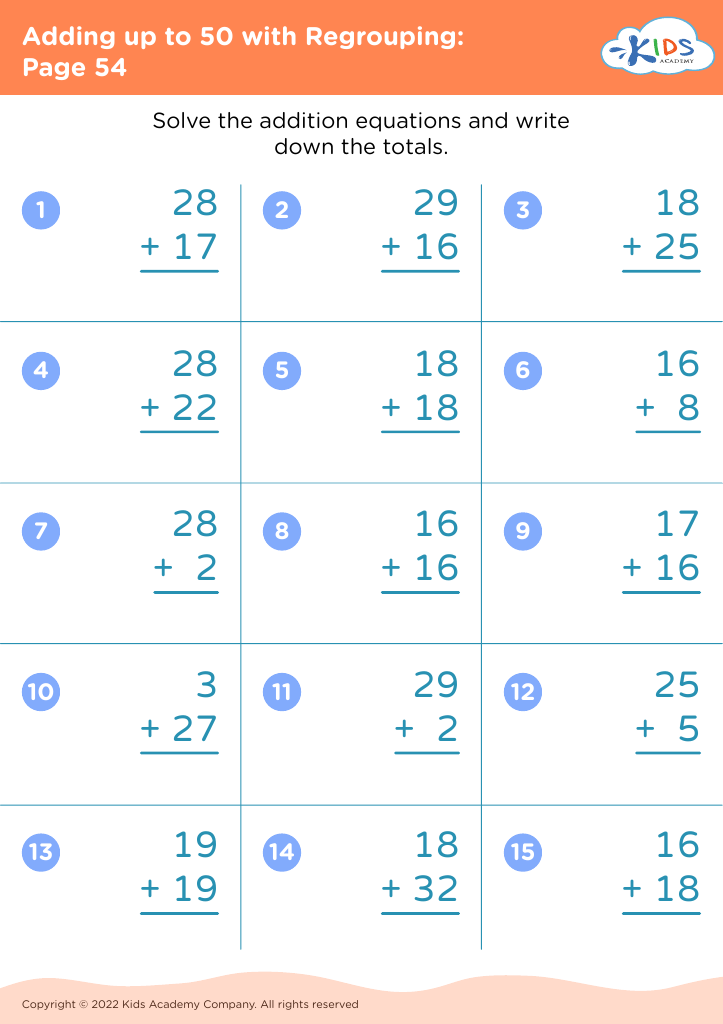

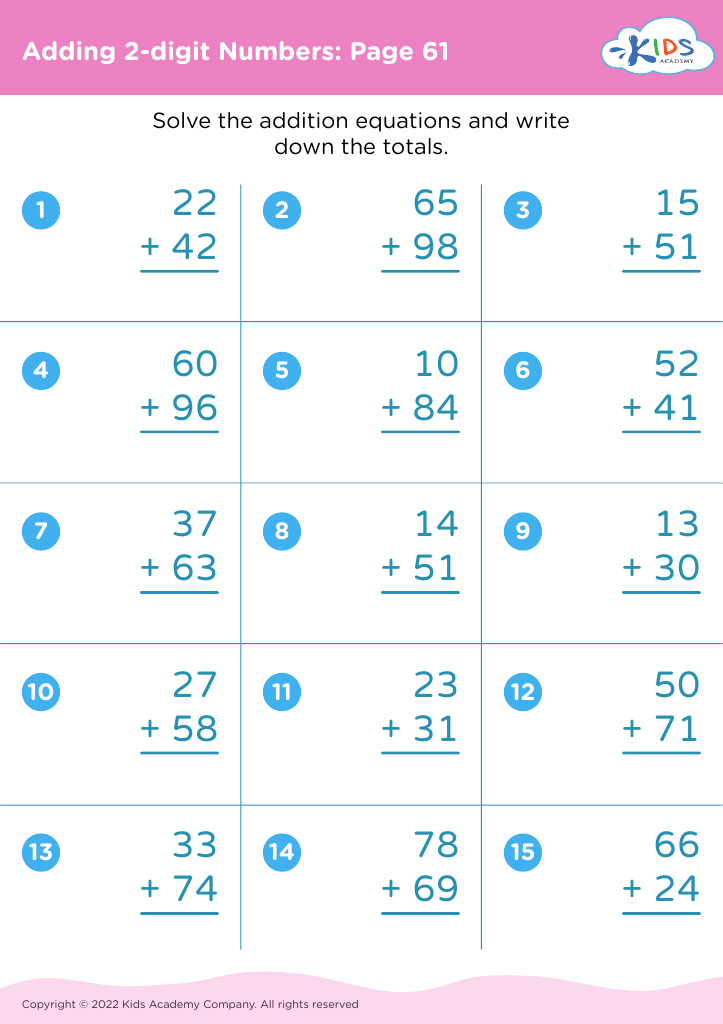
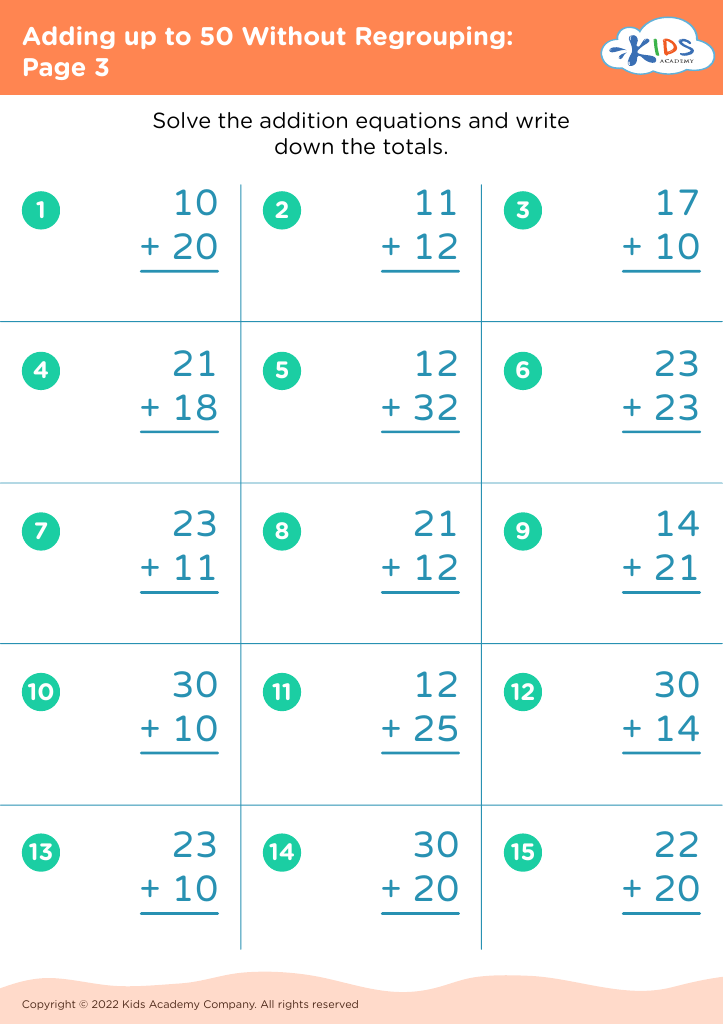
 Assign to My Students
Assign to My Students
